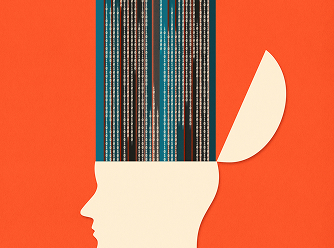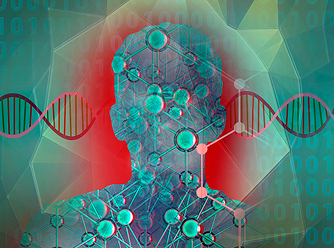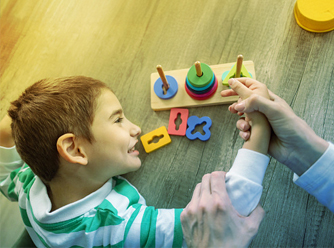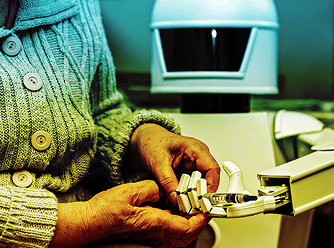AI THROUGH OUR AGES
Detecting early developmental challenges more accurately. Personalizing student learning. Expanding career possibilities in a constantly changing world. Caring for aging relatives and loved-ones. Artificial intelligence systems are capable of addressing these issues, and more. AI is seamlessly blending into our everyday lives — at every stage— solving some of humanity’s greatest challenges.
INFANCY
AI Unlocks the Big Secrets of Tiny Minds

Early Detection, Early Intervention
Children with autism spectrum disorder (ASD) are usually diagnosed between the ages of four and six. The best time to start treatment is between two and three years old. Researchers now use AI and machine learning to analyze a child’s motor and social skills as well as MRI scans to help doctors more accurately diagnose ASD.

Cristiane Agra Pimentel
IEEE Senior Member
“Children with early diagnoses can start therapy earlier, which improves the quality of life, promotes autonomy, maximizes learning potential and facilitates family understanding.”
CHILDHOOD
Tomorrow’s Tutor: Enhancing the Future of Education

A Shortage of Teachers
Many students worldwide live in areas without enough teachers. Many more don’t have anyone they can ask for help with on tricky subjects. AI-powered tutors are being deployed across the world to help bridge the gap. These digital tutors can teach a wide range of subjects and often adjust the way they explain concepts based on the student’s age, reading level or background knowledge.

Siyuan Sun
IEEE Graduate Student Member
“AI-powered tools can enhance access to quality education by offering personalized learning, multilingual support and interactive tutoring. This encourages knowledge transfer not limited by geographical and national boundaries.”

ADULTHOOD
Career 2.0: Charting a Path in the Age of AI

Building New Skills for a Lifelong Career
In organizations across the globe, employees are prompting chatbots, automating reports and integrating AI into daily workflows. These skills didn’t exist a decade ago. Now, they’re becoming essential to some jobs. To stay relevant and expand career options, employees need to learn new skills to complement the role of AI systems.

Saptarshi Ghosh
IEEE Member
“Traditional career development follows a top-down approach. Organizations deliver training in a structured, predetermined manner. This model is ill-suited to an evolving workplace where skills requirements change faster than organizations can adapt.”
SENIORS
New Tech and Old Age: Can AI Fill the Care Gap?

Addressing the Needs of an Aging Population
By 2050, the number of people 80 years-old or older is expected to triple. The prospect of an aging world raises a significant question for the world economy: who will take care of the elderly? Artificial intelligence experts hope to answer that question with robotics.
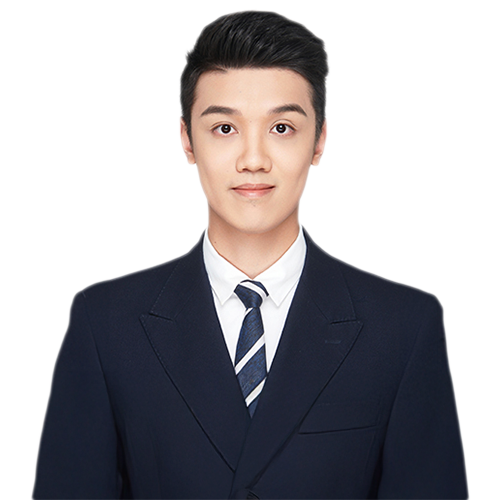
Haonan Guo
IEEE Graduate Student Member
“Caregiving robots may change attitudes about aging by facilitating prolonged independent living. It may allow humans to focus on mental health in seniors, while robots handle routine tasks.”
MORE TO EXPLORE
Related Articles

